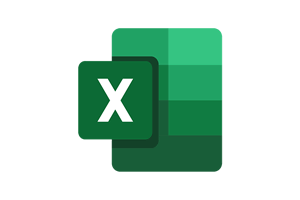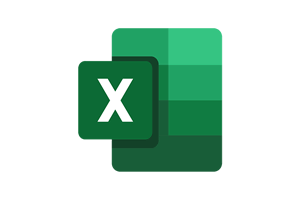We all use spreadsheets from time to time, some people are on them all day every day. It depends on your job role. It pays to
learn about the key formulas and functions that are needed to complete the tasks on Excel that you need to do.
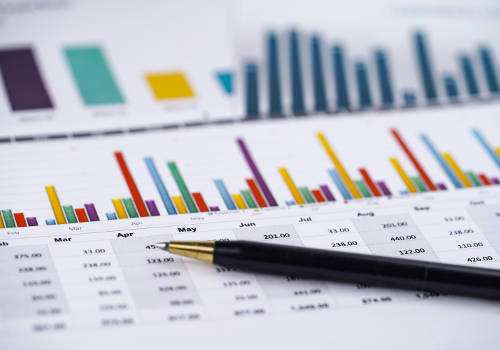
Some people deal with "people data" and that's all text based names and addresses etc. Some people are finance based so it's all about the numbers, they need calculations and data simulations, reports etc. The one common theme though, is knowing what key functions are useful and how do they work. This is tricky initially as we don't know what we don't know, so that's where we come in and we can show you how to use the built in functions in Excel.
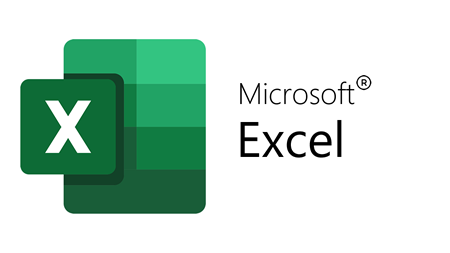
If you'd like to learn more about Microsoft Excel, why not take a look at how we can help?
We have a whole range of online courses for all skill levels.
RRP from $39 – limited time offer just
$8.99
There are many functions covering areas such as finance, engineering, mathematical, statistical and so it's hard to know what's needed for your particular job role.
Let's take a look at some key functions in Excel that are useful to most people, I am talking about the standard functions not the specific specialised functions.
Obviously you will need to build on this key set and use specialist ones depending on your job role and requirements. You can even write your own functions in Visual Basic, this means you can do anything in a function.
You should know the functions below as these are the key building blocks for the future:
1. SUM Function
2. SUMIF
3. IF
4. COUNT
5. AVERAGE
6. MIN
7. MAX
8. CONCATENATE
9. VLOOKUP
10. LOOKUP
We cover some of the basic functions on our Excel Introduction level course then moving onto the Intermediate course for the others and the Advanced course.
1. The SUM Function is the starting function and is used to add up a column, row or block of numbers in Excel and saves a lot of time manually trying to calculate totals:
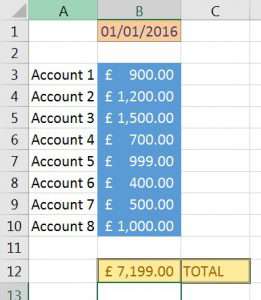
2. The SUMIF Function lets you add up data as above but only certain data according to your requirements. Here we see its only Dave's sales figure we need:
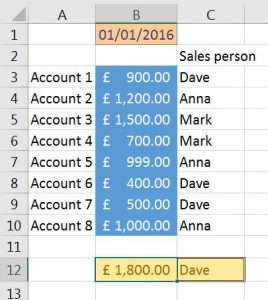
3. The IF Function allows you to make decisions with your data and is a very powerful function to add to your toolkit of Excel functions, here we see a decision has been made to see if we have reach the sales target for Dave's January figures
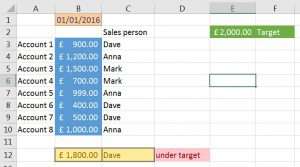
4. The COUNT function checks if you have a number in a cell or range of cells usually as a cross check, here we see how many accounts have a value against them
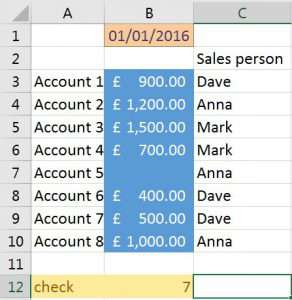
5. The AVERAGE function simply works out an average for a set range of figures
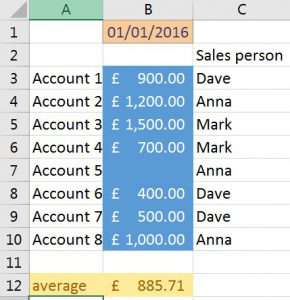
6. The MIN function finds and shows you the minimum or smallest number in a range of values as we see below
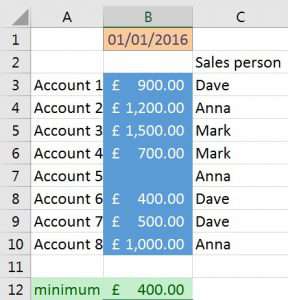
7. The MAX function is handy too as it shows you the highest or maximum value in a range of numbers
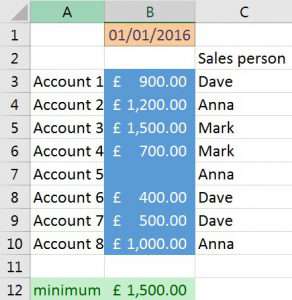
8. The next key function to learn is CONCATENATE, this means to join together and so we can join data together with this function, very handy.
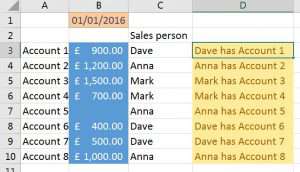
9. VLOOKUP is the next function you should know as it's a very powerful function that can find and return data for you across a set of data on another sheet.
Here we see a match on an ID from one sheet and the current quantity in stock off another sheet.
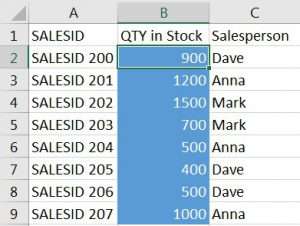

10. The last one is LOOKUP and is a variation on the VLOOKUP and allows data to be looked up across separate sheets to return a value out of any of the columns to any other column.
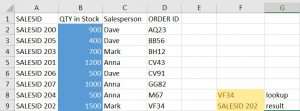
So in conclusion we have seen that there are many functions to learn but certain ones crop up time and time again and can solve many of the daily problems and issues that crop up in Excel for most users, think of it as having a "toolkit" of useful functions to draw from and when you are next faced with a challenge in Excel you can deploy one of these tools to solve an issue.
Don't forget that these functions can be used in combinations and a more advanced user will be aware of combo functions or multiple functions use together at the same time.
We cover this in our later course such as the Advanced Excel course and then further on the Professional Excel course. Combos give you even more power to your elbow, combining functions together to greater effect and making for a compact solution to a problem rather than lots of separate functions in different columns.
All the Excel functions operate on a logical basis so if you have a fairly logical mind you can build up a good repertoire of key useful functions as you
learn Excel.
Don't forget to have fun with it! It's a very satisfying application when you know the key basic functions.
Good luck

If you'd like to learn more about Microsoft Excel, why not take a look at how we can help?
We have a whole range of online courses for all skill levels.
RRP from $39 – limited time offer just
$8.99














